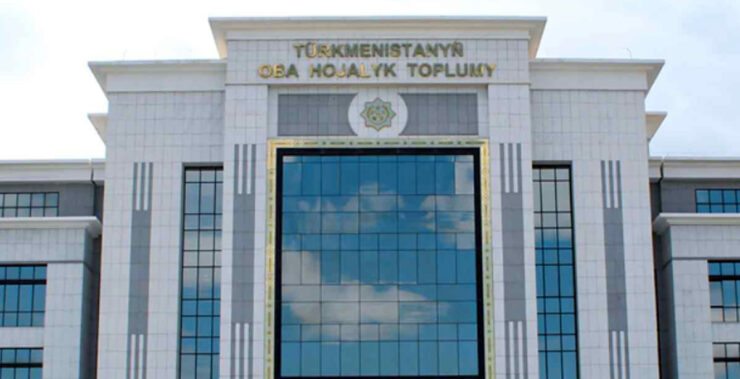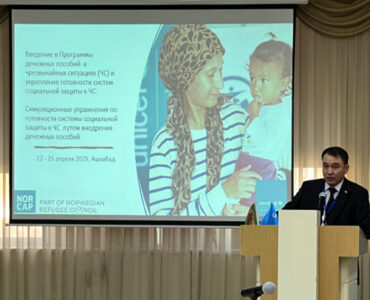A joint report by the Center for Global Sustainability at the University of Maryland and the Energy Foundation China titled “Overview of methane mitigation policies in global key emitters beyond the United States and China” analyzed methane emissions and related policies across 15 key emitter nations, excluding the US and China.
Turkmenistan has been included into the report as one of the key emitters. The report reveals significant gaps in policies, and between declared ambition and actual implementation of those policies.
Status of methane emissions in Turkmenistan
Methane, a greenhouse gas much stronger than carbon dioxide, contributes to both global warming and air pollution. The report compared top methane emitters from the IEA and EDGAR databases. According to the IEA, Turkmenistan ranked 7th in energy sector emissions, but is not in the top 10 emitters in total methane emissions.
As per EDGAR database, Turkmenistan is not in the top 10 in any of the sectors. In 2022, Turkmenistan ranked 16th among top emitters, with about 20 Mt of methane emissions, primarily from oil and gas operations.
The study identified 276 policies that are relevant for methane mitigation but faced limitations due to incomplete or inaccessible data.
The analysis highlights that in some countries, such as Turkmenistan, despite high emissions in the energy sector, there are very few relevant policies. Turkmenistan has general climate change policies and strategies such as Nationally Determined Contributions (NDC), but it does not have specific sectoral strategies.
Less than 10 policies were identified for the country by the researchers, most of them directed at wastewater emissions or climate change in general. By contrast, other top emitters such as the EU and Australia have more than 90 policies in place, covering multiple sectors.
Donate to support Turkmen analysts, researchers and writers to produce factual, constructive and progressive content in their efforts to educate the public of Turkmenistan.
SUPPORT OUR WORKThe analysis also categorized policies into strategies, laws and regulations, standards and procedures, economic instruments, and voluntary programs. Most top emitters have some strategies and laws, including Turkmenistan, but only few have specific standards and procedures, economic instruments, or voluntary programs to tackle methane emissions.
A gap between ambitions and implementation
The researchers have also looked into three stages of action: (1) setting international commitments, (2) establishing clear emission reduction targets and setting national plans, and (3) implementing plans with reporting mechanisms, dedicated regulations, government funds, and setting up carbon markets.
Most of the top emitters, including Turkmenistan, have mentioned methane in their NDCs and they are signatories to the Global Methane Pledge. However, most lack clear plans or implementation measures. Turkmenistan has certain Global Methane Pledge Targets, but does not have a methane-specific national plan or other specific targets. Furthermore, the analysis has not identified any actual implementation mechanisms in the country.
The report provides some policy recommendations:
- Close gaps in methane emissions and policy efforts, especially in the agricultural sector, and start the actual implementation of their reduction.
- Establish systems for Measurement, Reporting, and Verification (MRV) of methane emissions.
- Diversify policy instruments, by adopting comprehensive regulations, offering financial incentives, and setting up voluntary programs across all sectors.
- Establish knowledge sharing mechanisms, share best practices and enhance collaboration between the countries.






